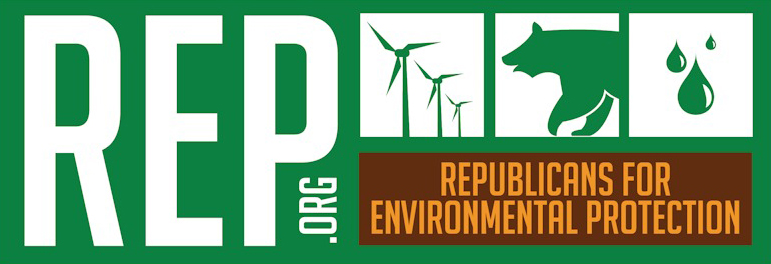National Parks: A Bipartisan Heritage
By JIM DIPESO, REP policy director
AN HISTORICAL DOCUMENT: Jim delivered this speech to the National Parks Conservation Association Centennial Challenge Roundtable in Seattle, Washington, on December 12, 2006.
xx
Good evening, it’s a pleasure to be here.
As we look forward to the national parks centennial 10 years from now, let us also keep in mind the centennial we are celebrating this year – the 100th anniversary of the Antiquities Act.
One of America’s most effective conservation laws, the Antiquities Act has been used by 15 presidents to protect many of the spectacular American landscapes that are part of our national parks system.
Both Republican and Democratic presidents expanded our parks system by using their authority under the Antiquities Act.
Parks may have boundaries drawn on a map but there are no partisan boundaries when it comes to protecting and restoring America’s natural and cultural heritage through our parks.
Let me tell you a brief story about one of those Republican presidents and why he believed national parks are so important for America.
He used the Antiquities Act to protect what today are Grand Canyon, Death Valley, Arches, Saguaro, Great Sand Dunes, and Black Canyon of the Gunnison national parks, plus White Sands national monument.
This Republican president acted from the most conservative of motivations. He was concerned about the debasing impacts of excess materialism on our culture. He believed that getting out into nature would counterbalance that and would help us get in touch with more intangible, more permanent things than just stuff.
That president’s name was Herbert Hoover. To put it mildly, he is not one of the better-known conservationists of our history.
But his motives for expanding and protecting parks are as timely now, perhaps more so, than they were in his day.
This year, our country’s population pushed past 300 million. Forty years from now, we’ll push past 400 million. During the second century of the parks, we will need them more than during the first century, to serve as places:
Where people from sprawling, noisy urban centers can enjoy a natural experience with the sights and sounds of nature, and get in touch, if only briefly, with the primal forces of creation.
Where new generations of Americans can learn about our nation’s history and unique culture.
Where the forces of nature can be left to their own devices, offering us benchmarks and signposts that will help us be better stewards.
To conserve this endowment is what it means to be conservative. As the conservative philosopher Edmund Burke once wrote, we have a duty to pass on to our descendants the inheritance that we received from our ancestors.
So, where do we begin?
The parks need a reliable source of adequate funding. The National Parks Centennial Act offers a sound approach towards that end.
All the money in the world won’t help, however, unless outside pressures on the parks are alleviated. Congressman Baird just spoke about invasive species. Another example is air pollution. Forty percent of our national park units are afflicted by dirty air – from ozone that results from motor vehicle emissions to haze, particulates, and acid-forming emissions from coal-fired power plants.
We need to enforce air quality standards and we need strengthen the Clean Air Act so that there is a firm deadline for decades-old power plants to meet the same emissions limits that newer plants must meet. The Clean Air Planning Act offers a sound approach.
Both the National Parks Centennial Act and the Clean Air Planning Act have solid bipartisan support. Even with Congress changing hands next year, bipartisan support will be essential for getting them passed.
Being good stewards of our parks in their second century must be carried out in the same bipartisan spirit in which establishing and expanding our parks took place in their first century. Thank you.
Return to THINGS WE FIGHT FOR: NATIONAL PARKS AND MONUMENTS
Return to REP’S HISTORY: PART 3
Return to top of page
